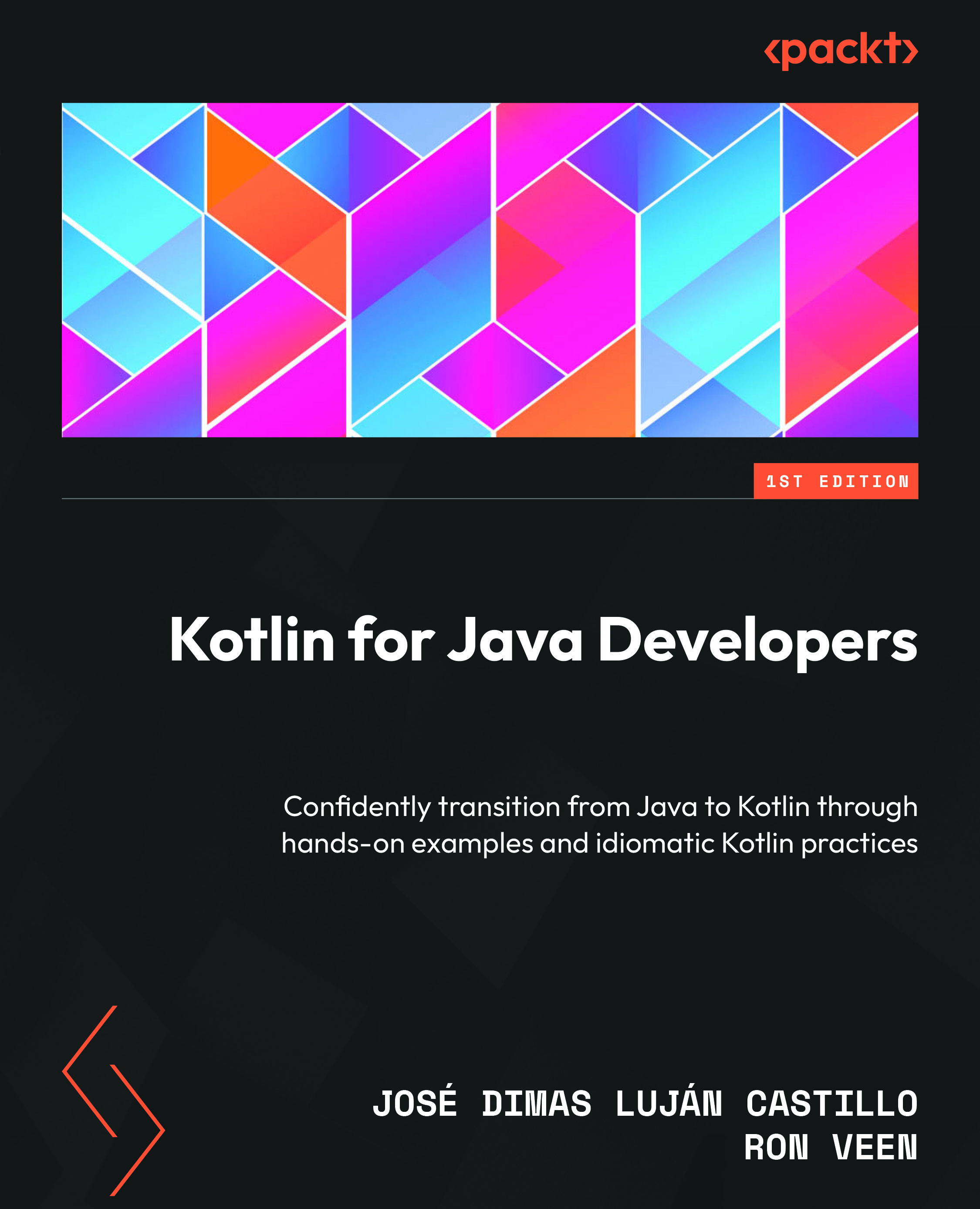Summary
In this chapter, we delved into the critical concepts of synchronous and asynchronous programming, emphasizing the strengths and challenges of each approach. We explored how Kotlin’s coroutines, particularly suspending functions, transform asynchronous programming by enabling clean, sequential code that maintains non-blocking operations. By leveraging Kotlin’s concurrency model, we demonstrated how to handle complex workflows efficiently.
We further expanded our understanding by introducing channels, a key mechanism for coroutine communication. Through practical examples, we showcased how buffered, unbuffered (or rendezvous), and ticker channels enable flexible and efficient data transfer. Additionally, we explored the Pipeline pattern, illustrating how channels support concurrent, staged processing of data streams, ensuring scalability and maintainability.
Finally, we addressed exception handling in asynchronous workflows, combining techniques such as...

































































